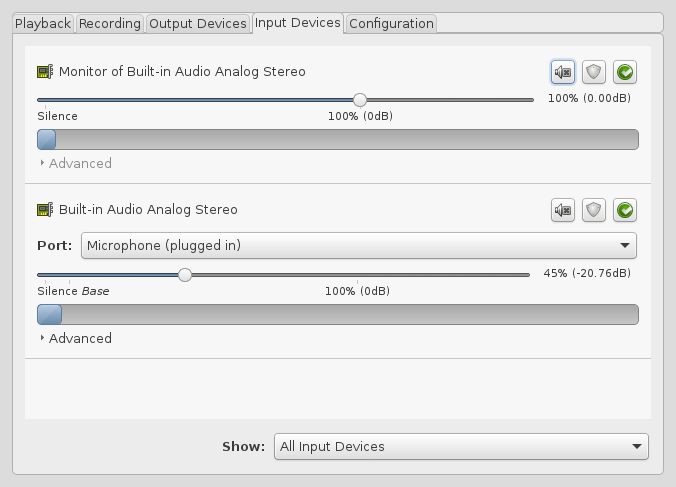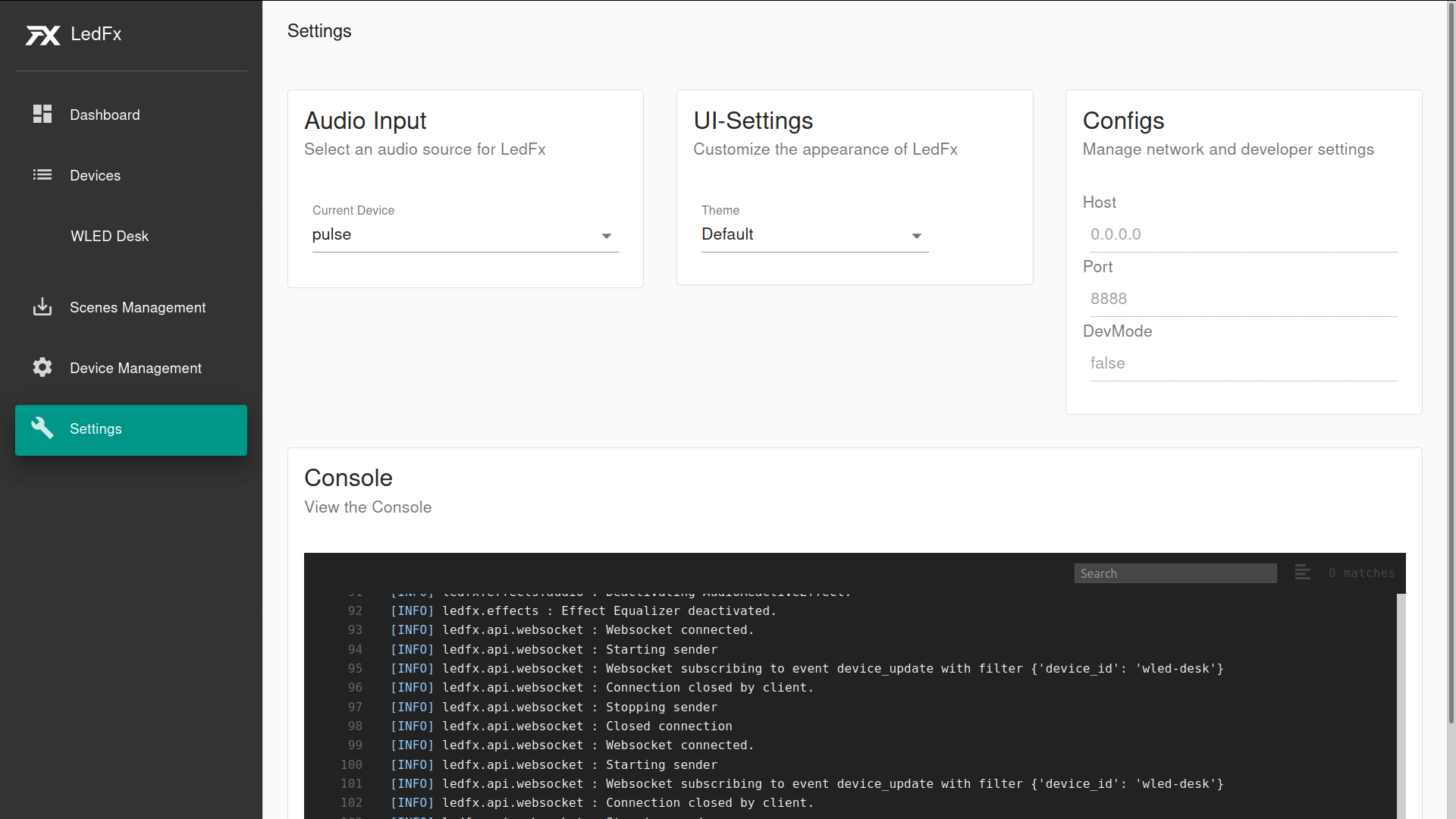

The combined sink will automatically have a readable description. $ pacmd load-module module-combine-sink slaves=$speakers,$headphones Then use load-module module-combine-sink to create a new combined sink. Combined SinkĪ combined sink is a virtual sink that forwards audio to multiple otherįirst, find the names of the sinks you want to combine, Use pavucontrol to route application audio to the null sink as desired. (It’s not actually silent theĮrrors are logged by the PulseAudio daemon, so you can find them in journalctl -user -u pulseaudio.) In this example, we escaped all the quotes withīackslashes so that the shell does not interpret them and they make it through PulseAudio will silently fail to load the module. Important: The value given to sink_properties must be quoted, or But if this is part of a more complex setup, it’s worth it to setĭescriptive names from the beginning (see Application to You can omit the sink_name and sink_properties arguments if you don’t careĪbout the name and description (you’ll get the defaults, “null” and “Null Sink_properties=\'scription=\"Null Output\"\' Use load-module module-null-sink to create a new null sink. Very useful by itself, but the monitor that comes with it can be very Now that’s what I call “human-readable”! Useful Modules Null SinkĪ null sink is a virtual sink that discards audio sent to it. $ pacmd update-sink-proplist $speakers 'scription="Laptop Speakers"' Use the update-sink-proplist or update-source-proplist commands to change


Tip: Save the device name(s) in shell variables to save typing in future commands. The name is the part between the brackets (i.e., the brackets are not part

$ pacmd list-sinks | grep -E 'name:|device\.description'ĭscription = "Sound Core3D (SB1570 SB Audigy Fx) Analog Stereo" Then find the name that matches the description. Finding Device NamesĬommands and search for the lines that contain name: or scription =. Sometimes the “human-readability” of the description is questionable. Pavucontrol shows the description, not the internal name. Device NamingĮach device has a name used internally by PulseAudio as well as a description Pavucontrol lets you choose which sinks and sources they are attached to. Note that the sink-inputs and source-outputs correspond to applications, and The first two tabs of pavucontrol let you adjust the connections and volumes of (like the volume widgets of many desktop environments do). PulseAudio because it doesn’t try to simplify or hide these concepts from you Pavucontrol (PulseAudio Volume Control) is the best way to interact with


 0 kommentar(er)
0 kommentar(er)
